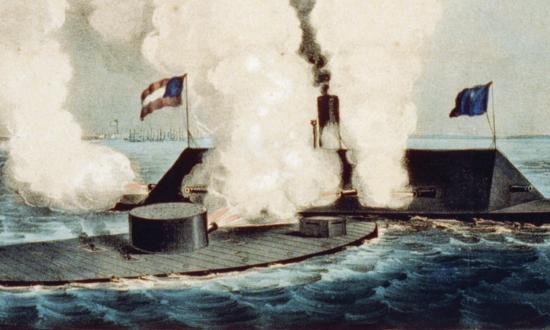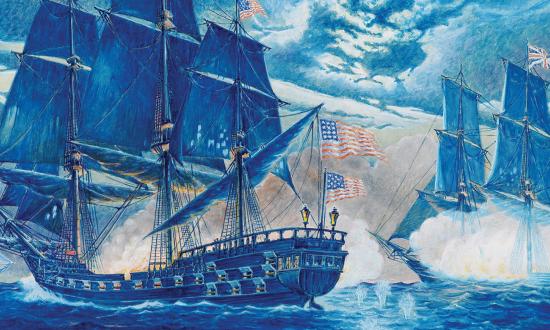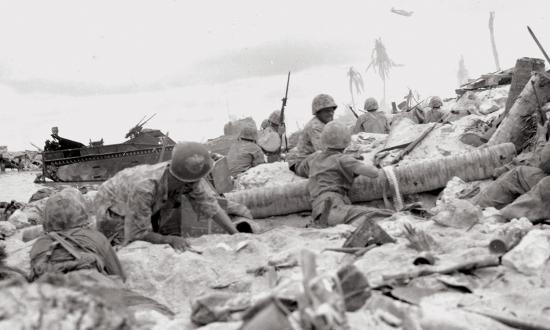June 1944, that pivotal month in the course of 20th-century history, could be aptly framed as “A Tale of Two D-Days.” There was, of course, D-Day, the 6th of June—the launch of the Normandy invasion, the epic, full-tilt Allied assault on Adolf Hitler’s Fortress Europa. Just nine days later, it was D-Day in the Pacific—as the invasion of Saipan on 15 June marked the opening of Operation Forager, in which U.S. forces would punch through the Marianas, advancing inexorably through the defenses of a weakening but still recalcitrant Japanese Empire. In both theaters of the two-ocean war, the final act had begun.
In this issue, we honor the memory of that momentous month 80 years ago with a series of articles offering fresh perspectives on these iconic events. First up, Chris K. Hemler takes us back to Saipan for a vivid and insightful recounting of the campaign to wrest the island from its entrenched, death-before-dishonor defenders—and illustrates how U.S. firepower in the Central Pacific was combining land, sea, and air elements to an improved degree by this point in the Pacific war, setting the stage for inevitable victory. “Seizing Saipan” marks the Naval History debut of Hemler, author of Delivering Destruction: American Firepower and Amphibious Assault from Tarawa to Iwo Jima, and we are pleased to welcome him to these pages.
Next up, we commemorate the 80th anniversary of what Samuel Eliot Morison dubbed “the greatest carrier battle of the war,” the Battle of the Philippine Sea, with an exciting retelling of the June 1944 clash that sounded the death-knell of Japanese naval air power. The events are viewed here from the vantage of the hard-fighting Independence-class light aircraft carrier USS Cowpens (CVL-25), the celebrated “Mighty Moo,” which garnered 12 battle stars for her service in the Pacific war. Author Nathan Canestaro offers up an action-filled, you-are-there account that serves as a worthy tribute to the Cowpens and the other “forgotten flattops” of the Independence class.
Frequent contributor Ed Offley, meanwhile, rejoins us with a consummate, detailed overview of Operation Neptune—the naval component of the Normandy invasion—and underscores the monumental coordination involved in mounting the largest seaborne assault in history. The sheer scale and scope of Neptune, the massive logistics, the daunting challenges—the phenomenal achievement never fails to stun whenever one revisits this archetypal chapter of World War II naval history.
Also in this issue, retired U.S. Marine Corps Lieutenant Colonel Peter F. Owen takes an unsparing look at the failures of Marine aviation at the Battle of Midway—and mines cautionary lessons for future warfighters in the process. Here also you will find, courtesy of Andrew K. Blackley, the offbeat and amusing tale of the notorious Dreadnought hoax of 1910, in which a group of audacious reprobates royally pranked the Royal Navy. And William H. Thiesen, the U.S. Coast Guard Atlantic Area Historian, presents a decades-spanning overview of the service’s missions that have given the United States the ability to project national interests into the polar regions—an ability now more important than ever.
Eric Mills
Editor-in-Chief







